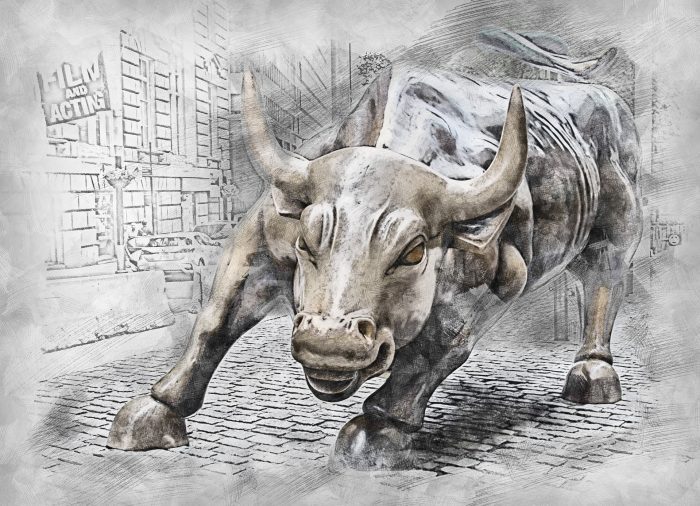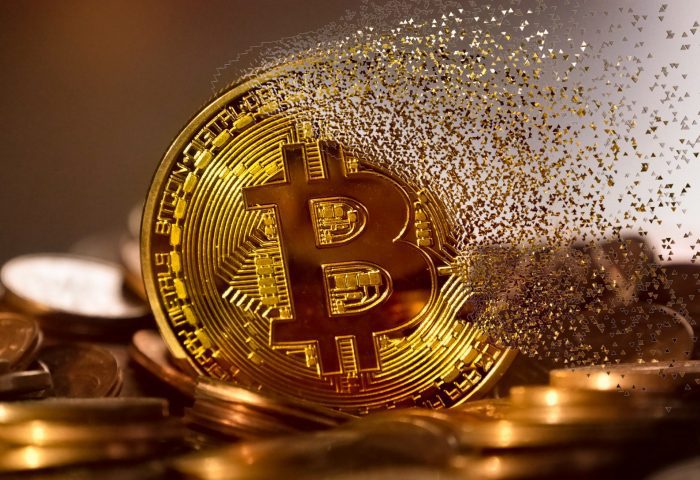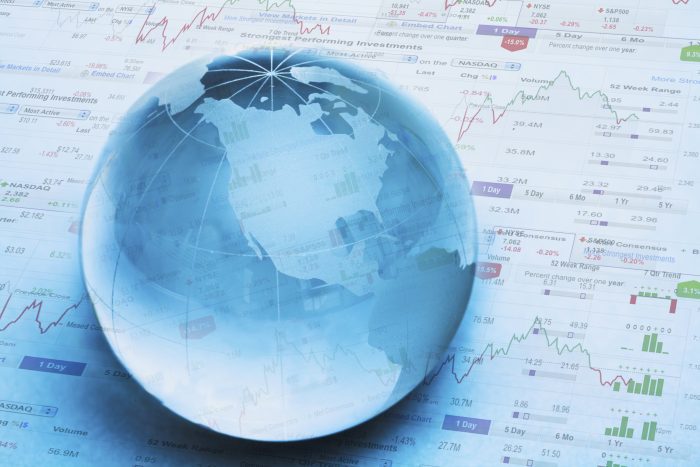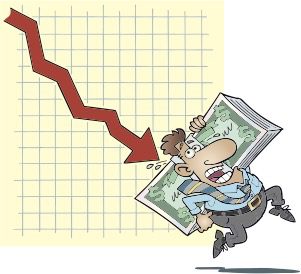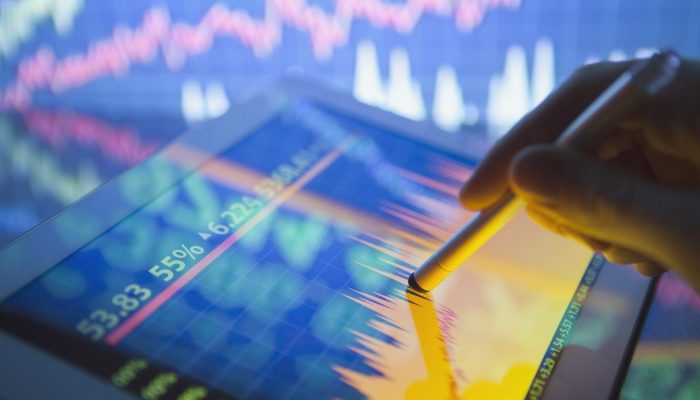By Michael E. Russell

Surprisingly the stock market has started off very strong. I wasn’t sure this would be the case. There are days when the market makes me feel like Fredo Corleone when he says to Michael that he is SMART, but apparently not so.
The S & P was up 6.5% in January with another 1.5% this past week. The NASDAQ is already up 11% for the year. Incredible! Almost all of the sectors that were crushed in 2022 have led this rally. Technology, financials, entertainment and commodities have recovered nicely. The groups that held up well in 2022 when the S & P fell more than 20% are all underperforming — consumer staples, utilities, and healthcare; these groups are all down approximately 3%.
There have been some crazy upward moves by many stocks. Tesla is up 85 points so far this year; NVDA up 68 points, year to date; Netflix up 72 points … I could go on. Viewers of CNBC have heard many analysts speak highly of NVDA. With the advance of artificial intelligence, this company seems to have found a special niche — a long-term holding.
The Federal Reserve raised rates by the expected 25 basis points. A day later, non-farm payrolls increased by 517,000. This was more than 2½ times the economists’ consensus forecast. The unemployment rate fell to less than 3.5%. This level has not been seen since the mid 1960s. Chairman Powell probably wishes he waited two more days before he announced the Federal Open Market Committee’s ¼% increase. The number would have been closer to ½%. I believe that we will see more rate hikes in the future.
I read some comments made by Warren Buffett’s vice chairman, 99 year-old Charlie Munger. Charlie has been an outspoken critic of bitcoin and all other unregulated digital tokens. He wrote an article in the Wall Street Journal stating “cryptocurrencies are a predatory scam targeting ordinary citizens.” He further stated that “cryptocurrency is not a currency, not a commodity and not a security, instead it’s a gambling contract with a nearly 100% edge for the house.” He made a reference to the British Parliament’s passage of the Bubble Act in 1720. This Act banned trading speculative stock. I think Charlie was in the Parliament at the time of the vote! Wow, 99 years old and still calling it correctly.
Speaking of surprises, Amazon officials have stated that they will probably have a loss this quarter. How can that be? There are 100 Amazon trucks a day in my neighborhood.
Interest rates have come into play. The 10 -year Treasury is yielding 3.5% while the one and two-year Treasury yield is 4.2%. This is called an inverted yield curve — short term rates yielding more than longer term rates. It does not pay to buy a long term bond while shorter duration bonds yield substantially more.
I try to end each article on a positive note but that is difficult this time. The Federal deficit has now reached a staggering 30 trillion dollars. You read that correctly, 30 trillion dollars. What this equates to is that every man, woman and child in this country are on the hook for $102,000 each. This number can only increase with the spending by the administration and congress. The madness must stop. Our elected officials don’t seem to care that we are reaching a point where this deficit cannot be repaid. We have been printing money with little thought as to how it gets paid back. Our Governor has proposed another $775 million dollars for Long Island schools. Where is the money coming from?
Remember this article was written this past Sunday. A lot can happen in four days. Did I just hear a balloon pop? No, a balloon was shot down. That will show them. In closing, I hope consumers are price shopping. Gas prices vary as much as 80 cents a gallon. Gouging? Probably. Cucumbers are 99 cents at one supermarket and $2 at another. Better cucumber? More importantly, happy hour prices at some local watering holes are all over the place. Please shop wisely.
Michael E. Russell retired after 40 years working for various Wall Street firms. All recommendations being made here are not guaranteed and may incur a loss of principal. The opinions and investment recommendations expressed in the column are the author’s own. TBR News Media does not endorse any specific investment advice and urges investors to consult with their financial advisor.

